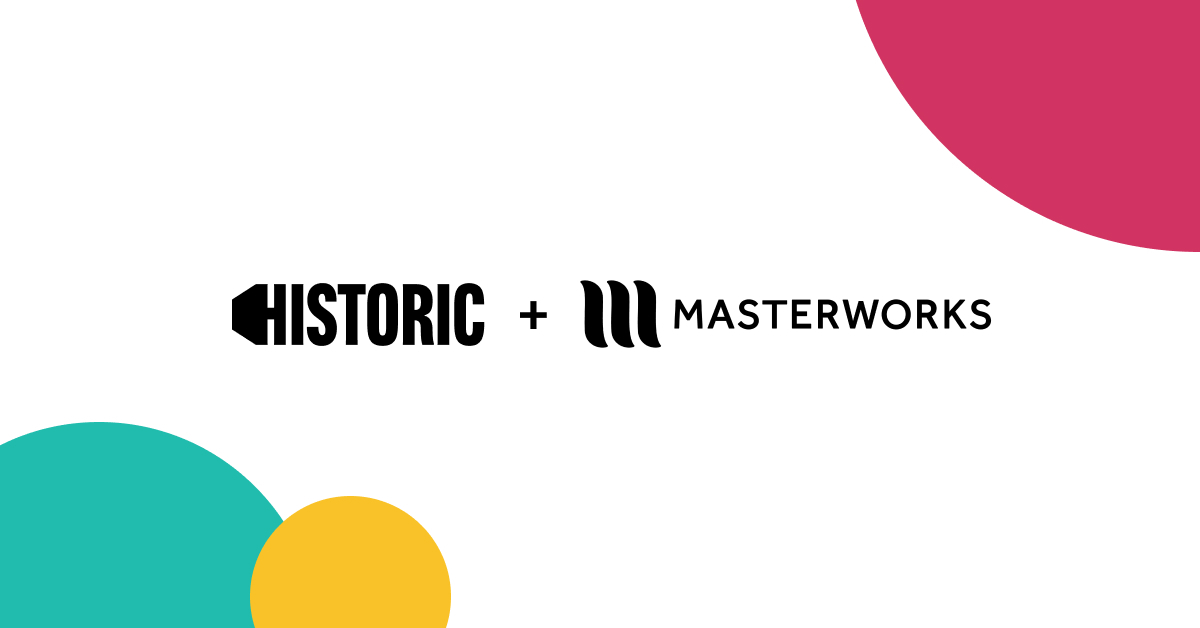Creativity isn’t something to be feared.
When it comes to creating content that connects with your audience, creativity is your friend.
It can often feel like an elusive, hard-to-define quality.
But the truth is, the more your team practices creativity, the easier it is to be creative and the faster you can get into your creative groove!
If it still seems like a mystery, don’t worry. The following tips will help you foster creativity and start brainstorming great ideas more quickly.
1 Show Perfectionism the Door
Many people think that something is only worth doing if it’s done right.
Or they only want to release their absolute best work into the world.
This type of thinking actually hinders creativity.
If you get hung up on creating content that you perceive as being perfect, you won’t take risks.
And risk-taking is vital when it comes to letting creativity flow!
Creativity isn’t a place you’re trying to get to—but the journey you take to get there.
This mindset sets you up for success and frees you from confining your creative ideas in a box.
2 Try the Cluster or Bubble Technique
When wanting to generate ideas, one of the best things you can do is to try a mental model called the cluster or bubble technique.
This is also referred to as mind mapping, and it’s a technique that really works!
To create a mind map, write a central idea in the middle of a piece of paper. Then, from the central idea, generate additional ideas and sub-ideas. This is a way of “free associating.” There’s no pressure to put the ideas in a specific order. Just get them down on paper.
This form of brainstorming allows you to generate many ideas, making it a great technique for re-igniting creativity time and time again.
3 Use Sticky Notes or Index Cards to See Ideas Differently
Sticky notes are one of our favorite ways to collect creative ideas fast.
At Historic, they make their way into every one of our Design Sprints.
Start with a large space, such as a whiteboard or wall. At the top of the space, write out the problem you’re trying to address. Then give each person a pad of sticky notes and a pen. Set a timer for a “sprint” of a minute or two, and during that time of independent brainstorming, have everyone write their ideas—one idea per sticky note.
When the time is up, have each person place their sticky notes on the wall or board. Then, look for similarities and start grouping the sticky notes based on themes.
Once the ideas are grouped, assign different team members to start building solutions based on those clusters.
4 Capture Ideas When You Don’t Need Them
Create a central spot where you save random ideas as they come up. This can serve as a database that you can come back to when you feel stuck.
Similarly, saving “swipe files” of proven templates and examples can help kickstart the brainstorming process for new projects.
Whether it’s on a Google Doc, in Evernote, or even on Pinterest, create a place you know you can turn to when you need some quick inspiration.
Don’t let creativity feel daunting and elusive.
Bring these hacks into your creative process, and you’ll see your team generating more great ideas—and faster.












